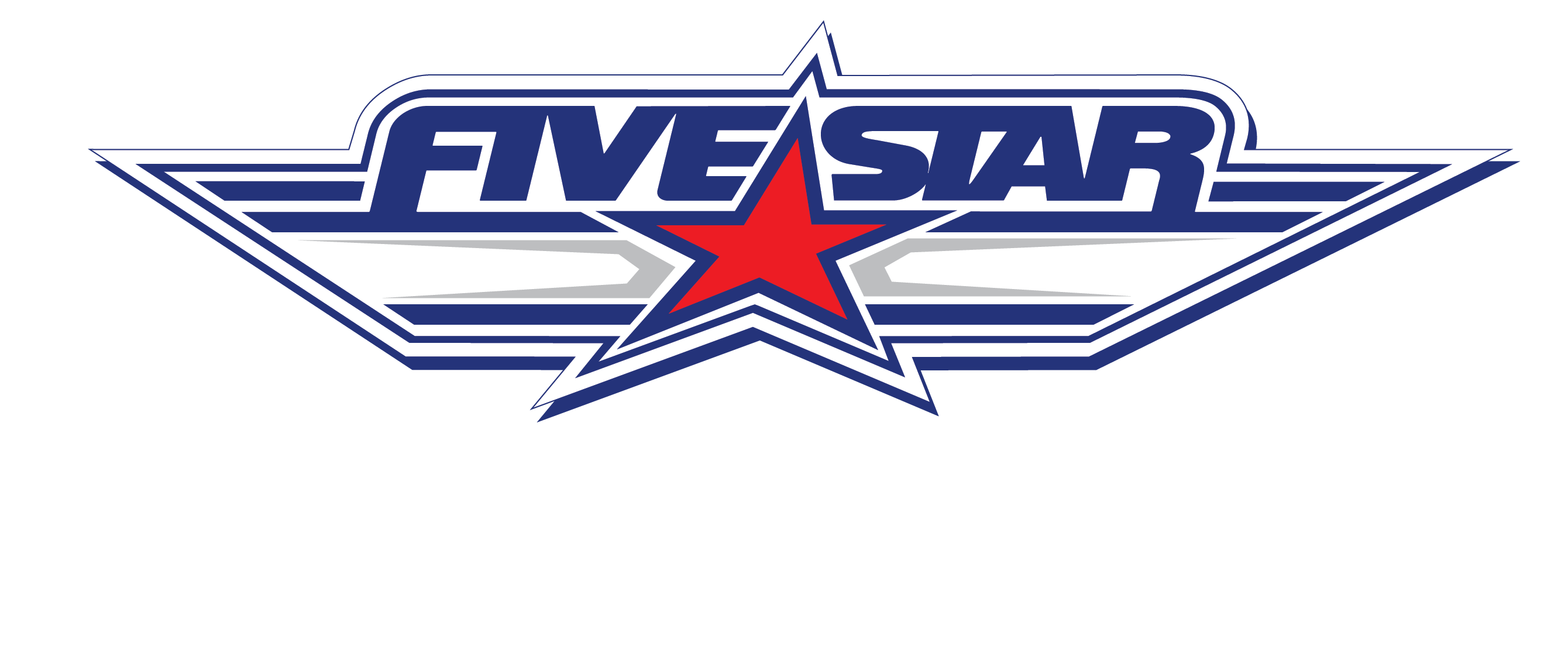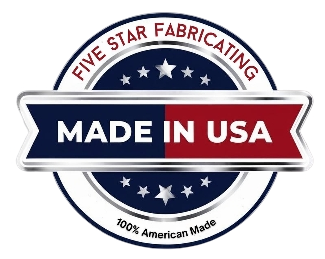
The shift to electric heavy machinery is gaining momentum, fueled by the growing demand for sustainability and operational efficiency. However, this transition introduces new engineering challenges, particularly in balancing vehicle weight, battery life, and component durability.
The Challenge for Electric Construction Equipment
Electric-powered systems dramatically change the design and operational demands of heavy equipment, creating a unique set of challenges:
- The Weight-to-Range Problem: Every pound of vehicle weight directly impacts battery-electric efficiency. Traditional materials like steel and glass are heavy, reducing operational range and requiring larger, costlier battery packs.
- Vibration and Stress: Electric drivetrains generate different vibration frequencies compared to diesel engines, placing unique stresses on operator cabs, enclosures, and structural components.
- Operator Safety Standards: OEMs can’t compromise on safety. Cabs must meet or exceed ROPS/FOPS standards, but achieving this with traditional materials often adds excessive weight.
- Thermal Management & Shielding: Battery systems and high-voltage electronics generate significant heat and need protection from external temperatures. Materials must offer thermal insulation or withstand high operating temperatures.
- Component Integration & Digitization: Electric machinery depends heavily on sensors, onboard computers, and advanced telematics. Components must be designed to accommodate these electronics.
OEMs face a critical challenge: balancing the need for lightweight materials to maximize battery range against the non-negotiable requirements of component durability and operator safety.
Solving the E-Mobility Challenge with Advanced Materials
Overcoming these challenges requires a shift to new materials – specifically advanced thermoplastics and lightweight composites. Traditional materials are no longer sufficient to meet the needs of next-gen electric heavy machinery.
Why Polycarbonate Components Lead the Charge
Advanced polycarbonate components provide an innovative solution to the core challenges of electric heavy machinery, offering properties that traditional materials cannot match.
- Significant Weight Reduction: Polycarbonate windows, guards, and panels can be up to about 50% lighter than comparable glass or metal assemblies, directly boosting battery efficiency and range.
- Extreme Impact Resistance: Polycarbonate delivers impact strength far above glass, helping protect operators in systems designed to meet ROPS and FOPS, and shielding critical electronic components such as battery packs and charging ports.
- Design and Manufacturing Flexibility: Polycarbonate can be thermoformed into complex, aerodynamic shapes for modern cab designs and custom-molded enclosures for intricate battery systems. This level of design freedom far surpasses the capabilities of flat glass or stamped metal.
- Inherent Durability and Stability: As an amorphous material, polycarbonate offers excellent dimensional stability and rigidity. It maintains toughness in extreme temperatures, from -20°C to 135°C (275°F), making it ideal for protecting high-heat battery systems and sensitive electronics.
- Standards Context: For cab glazing safety, designs should align with applicable standards such as ANSI Z26.1 and SAE J673.
Polycarbonate components solve the primary challenges of electric heavy machinery by offering lightweight durability, superior impact resistance, and unparalleled design flexibility.
Specs That Matter
A quick snapshot below summarizes common ranges and why they matter during material selection and design reviews.
| Parameter | Typical Guidance or Options | Why It Matters |
|---|---|---|
| Thickness range | 3 to 12 mm typical for cab glazing; component specific for enclosures | Balances mass, clarity, and impact |
| Operating temperature | About –20 °C to 135 °C, system and coating dependent | Supports cold starts and high load duty cycles |
| Coating options | Abrasion-resistant hard coat; anti-fog; UV-stable | Maintains clarity and service life |
| Impact performance | Substantially higher than glass; geometry and system dependent | Operator and electronics protection |
| Optical metrics | Low haze; high transmittance after coating | Visibility and sensor performance |
| Testing and standards | Reference ANSI Z26.1 and SAE J673 for glazing context; verify haze and transmittance per ASTM D1003 | Compliance context and objective validation |
Use this table as a quick reference during design review, then confirm final specifications through our coatings selection, forming process, and lab testing.
How Five Star Fabricating Enhances Electric Heavy Machinery
At Five Star Fabricating, we partner with OEMs to integrate high-performance polycarbonate components, transforming electrification challenges into a competitive advantage.
- Advanced Polycarbonate Windows
Our hard-coated, abrasion-resistant polycarbonate windows deliver glass-like clarity with the lightweight and safety features electric construction equipment requires. This directly reduces vehicle weight, extending battery life and lowering operational costs for end-users. - Custom Thermoformed Enclosures and Guards
We design lightweight, impact-resistant enclosures for sensitive battery systems, charging ports, and electronic control units. These polycarbonate components protect critical systems from vibration, moisture, and site hazards, ensuring maximum uptime and reliability. - Lightweight Cab and Body Panels
By replacing traditional metal or fiberglass panels with thermoformed composites, we help OEMs reduce weight while maintaining structural integrity. This is vital for building sustainable heavy equipment that meets the performance expectations of today’s competitive market.
As your strategic solutions partner, Five Star Fabricating engineers specific polycarbonate windows, enclosures, and panels that allow OEMs to overcome electrification challenges and enhance vehicle performance.
Frequently Asked Questions: Polycarbonate in Heavy Equipment
Yes. Modern optical-grade polycarbonate offers exceptional clarity. When treated with our advanced hard coatings, it also provides long-lasting resistance to scratching and UV degradation, ensuring continued visibility throughout the life of the machine.
Build the Future of Durable Electric Heavy Machinery
The future of heavy machinery is electric, and its success will rely heavily on advanced materials. Partner with Five Star Fabricating to engineer durable, lightweight, and high-performance polycarbonate components for the next generation of electric heavy equipment.







Write a Comment